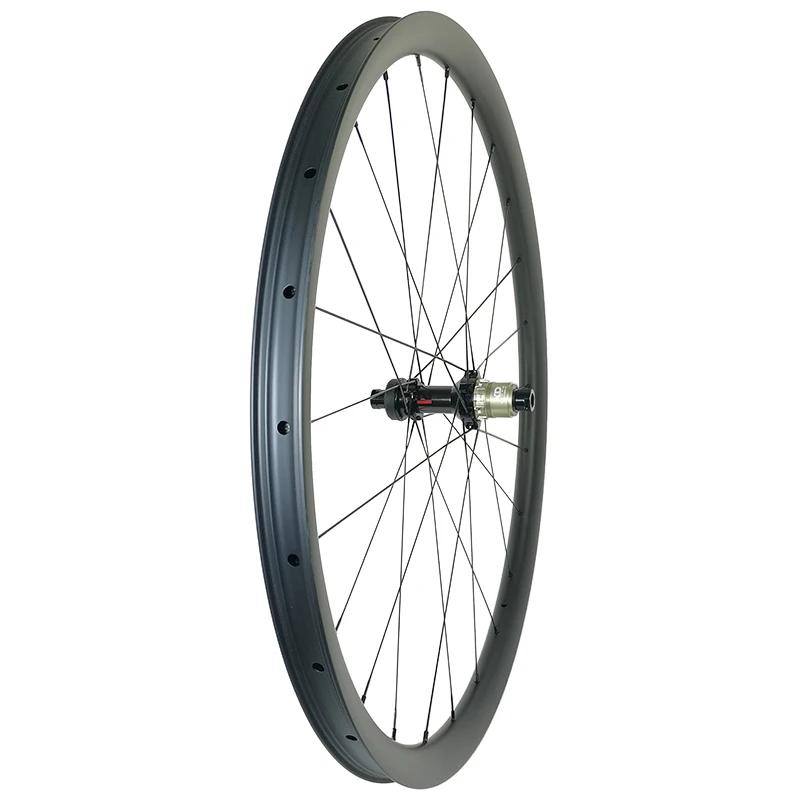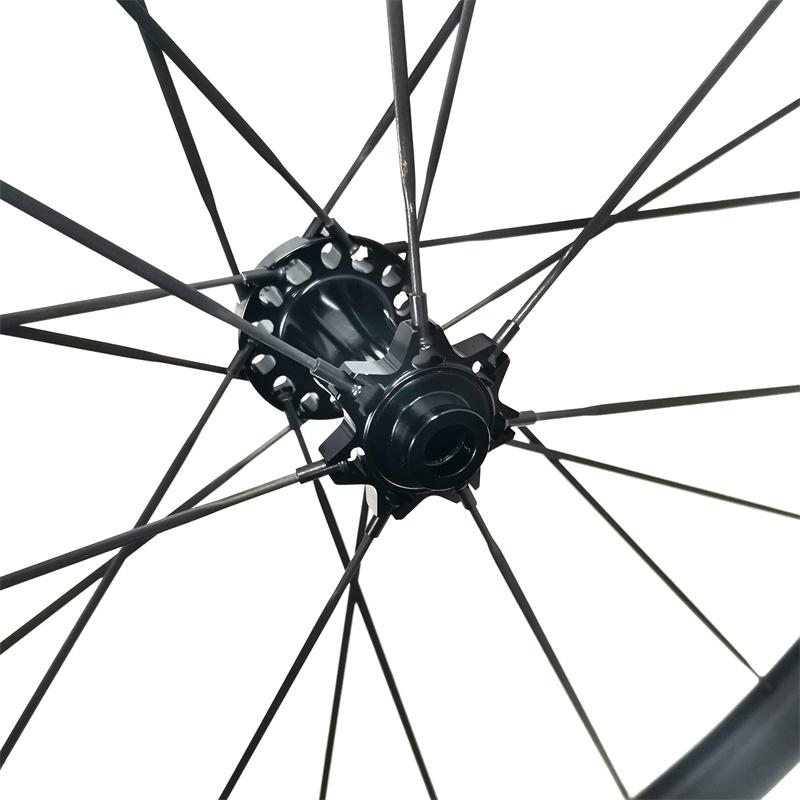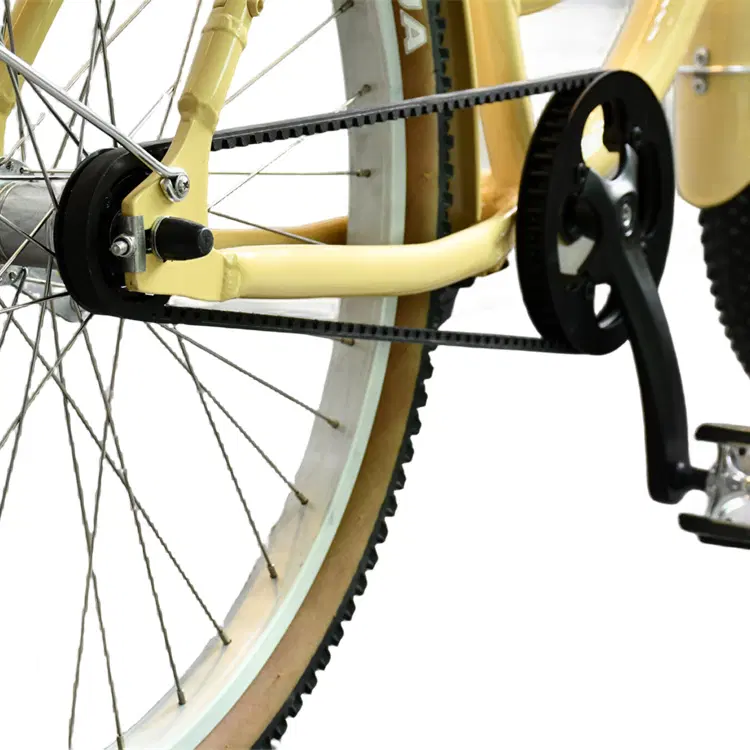I. Introduction

A. Importance of Proper Frame Measurement
Proper frame measurement is crucial when it comes to choosing the right size for a bicycle. A bicycle with the wrong frame size can lead to discomfort, fatigue, and even injury, especially during long rides. On the other hand, a properly fitted frame can enhance performance and overall riding experience. Therefore, understanding how to measure a frame correctly is essential for anyone looking to purchase a new bicycle or make adjustments to their current one.
B. Tools Needed for Frame Measurement
Before diving into the actual process of measuring a frame, it’s important to gather the necessary tools. Some of the key tools needed for frame measurement include a tape measure, a spirit level, and a plumb line. Additionally, a bicycle stand or some form of support to hold the bicycle in place will be helpful during the measurement process.
II. Measuring the Seat Tube
A. Determining the Center of the Bottom Bracket
The first step in measuring the seat tube of a bicycle frame is to determine the center of the bottom bracket. The bottom bracket is the cylindrical component that attaches the crankset to the bicycle frame. It is essential to find the center of the bottom bracket as it serves as the starting point for measuring the seat tube.
To locate the center of the bottom bracket, place the bicycle in a stand or elevate it so that the wheels are off the ground. Use a tape measure to measure the distance from the center of the bottom bracket to the ground on both sides of the bicycle. If the measurements are not equal, adjust the position of the bike until both sides are level. This can be done by using a spirit level to ensure the bicycle is perfectly vertical.
B. Measuring to the Top of the Seat Tube
Once the bicycle is level and the center of the bottom bracket is determined, the next step is to measure the seat tube. Using a plumb line, hang a weight from the center of the bottom bracket. The plumb line will help create a straight and accurate vertical line from the bottom bracket to the top of the seat tube.
With the plumb line in place, use a tape measure to measure the distance from the center of the bottom bracket to the top of the seat tube. This measurement will provide the seat tube length, which is a crucial factor in determining the proper frame size for a rider.

III. Measuring the Top Tube
A. Locating the Center of the Head Tube
To measure the top tube of a bicycle frame, it’s important to start by locating the center of the head tube. The head tube is the part of the frame that holds the front fork and the handlebars. To find the center of the head tube, use a tape measure to measure the distance from the center of the head tube to the ground on both sides of the bicycle. Similar to the process for the bottom bracket, adjust the position of the bike until both sides are level to ensure an accurate measurement.
B. Measuring to the Center of the Seat Tube
Once the center of the head tube is located and the bicycle is level, the next step is to measure the top tube. Use a tape measure to find the distance from the center of the head tube to the center of the seat tube. This measurement will provide the length of the top tube, which is an important factor in determining the overall fit and comfort of the bicycle frame for the rider.
IV. Measuring the Head Tube
A. Identifying the Top of the Head Tube
Measuring the head tube is essential in determining the stack height of a bicycle frame, which is the vertical distance from the center of the bottom bracket to the top of the head tube. To measure the head tube, locate the top of the head tube where it meets the top tube. Use a tape measure to find the distance from the top of the head tube to the ground. This measurement will help determine the stack height and the overall height of the frame.
B. Measuring to the Center of the Bottom Bracket
After identifying the top of the head tube, the next step is to measure the distance from the top of the head tube to the center of the bottom bracket. This measurement is crucial in determining the frame’s reach, which relates to the horizontal distance from the bottom bracket to the head tube. Use a tape measure to find the distance and record this measurement for reference when assessing the fit of the bicycle frame.
V. Understanding Frame Sizing

A. How to Use Frame Measurements for Sizing
Once the various frame measurements have been taken, it’s essential to understand how to use them for sizing purposes. The collected measurements, including those of the seat tube, top tube, head tube, and other relevant dimensions, play a crucial role in determining the right frame size for a rider. By taking these measurements into account, riders can ensure that they select a bicycle frame that provides a comfortable and efficient riding experience.
Frame measurements can be used to assess the overall fit of the bicycle for the rider. For instance, the seat tube length will help determine the proper saddle height, ensuring the rider’s legs are correctly positioned for efficient pedaling. The top tube length will influence the rider’s reach to the handlebars, affecting their overall riding position and comfort. The head tube and stack height measurements provide information on the frame’s height, impacting the rider’s posture and overall comfort on the bicycle.
These measurements can also be used to identify the right frame size according to a specific manufacturer’s sizing chart, taking into account the rider’s height and inseam measurements. By comparing the collected measurements with the manufacturer’s sizing chart, riders can select the appropriate frame size that aligns with their body proportions, ensuring a proper fit and enhancing their riding experience.
B. Comparing Frame Sizing Charts
Frame sizing charts are valuable tools that provide guidance on selecting the correct frame size based on a rider’s body measurements. These charts typically align frame sizes with a rider’s height and inseam length, helping to narrow down the options and find the most suitable frame size for a particular individual.
When using frame sizing charts, it’s important to consider the specific geometry and design of the bicycle frame. Different manufacturers may have variations in their frame sizing charts, so it’s essential to refer to the sizing chart provided by the specific brand of bicycle being considered. Additionally, some manufacturers may offer different frame geometries tailored to specific riding styles, such as endurance, racing, or recreational cycling, which can impact the fit and comfort of the bicycle.
Furthermore, it’s crucial to consider personal preferences and riding style when comparing frame sizing charts. Some riders may prefer a more upright and comfortable riding position, while others may prioritize aerodynamics and performance, which can influence the frame size and fit they select.
In conclusion, understanding how to properly measure a bicycle frame is essential for ensuring a comfortable and safe riding experience. By following these steps and using the right tools, riders can accurately determine the correct frame size for their needs. Proper frame measurement is the first step in creating a customized and comfortable riding experience.
